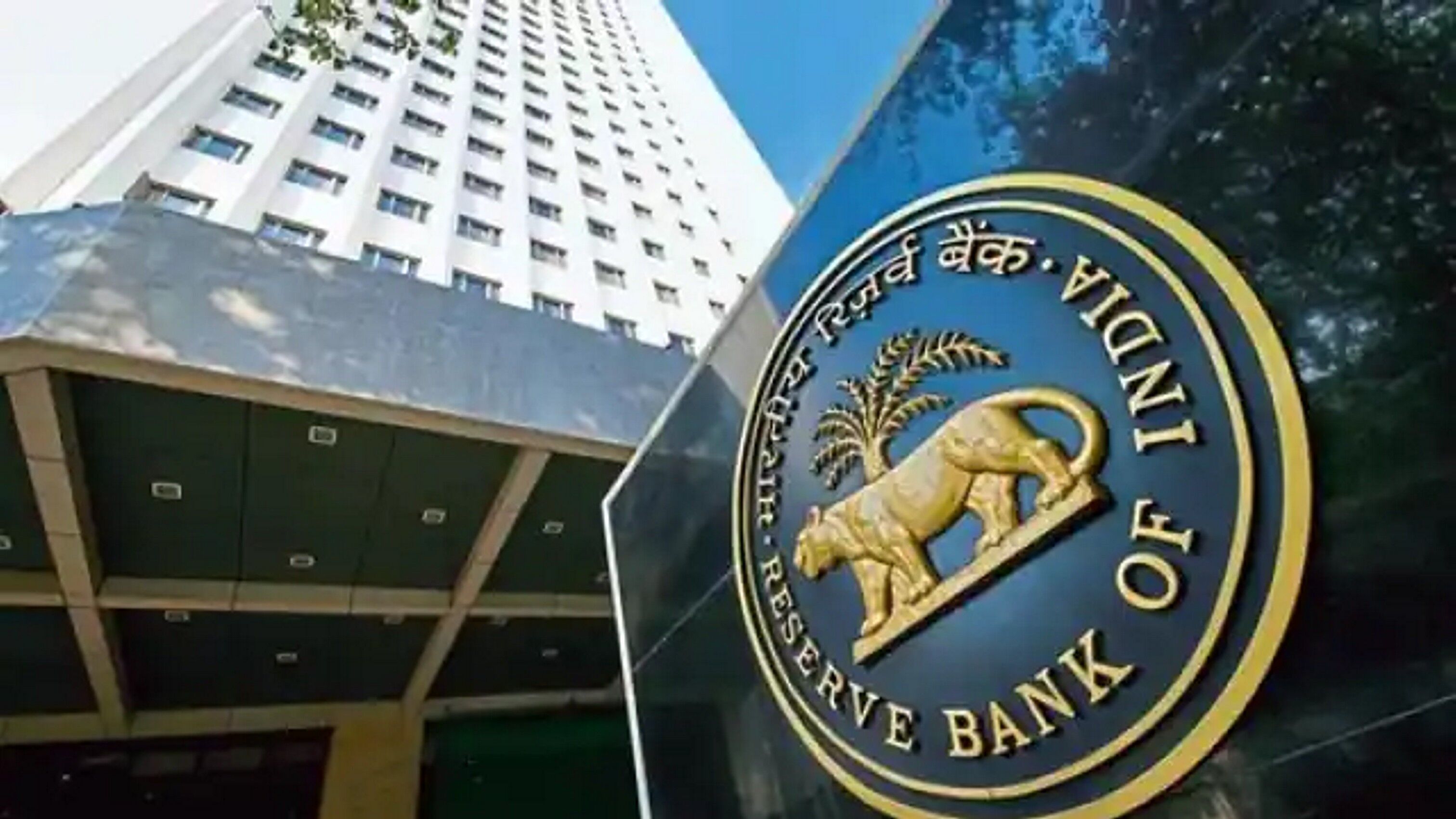Not so rosy

Falling in line with expectations, the Reserve Bank of India increased the benchmark policy repo rate by 50 basis points in its September Monetary Policy Committee review meeting — taking the cumulative rate at 5.9 per cent. Another major projection made by the central bank is the marginal slashing of GDP growth rate expectations to 7 per cent from 7.2 per cent. The overall inflation projection, at the same time, remains unchanged. It won't at all be an exaggeration to state that even amid a turbulent geo-economic scenario, India has managed to balance between growth and inflation effectively. It has not just withstood the storm of the pandemic and the Russia-Ukraine war, but has also stood firm amid an artificial crisis generated by tightening of monetary policies by advanced economies. In fact, the recent increase in repo rate and the marginal reduction in GDP growth expectations are more attributable to the third factor. The pandemic might be receding and the impact of Russia-Ukraine war on the Indian economy may also get diluted on account of balancing policies by Indian policymakers, but repo rate hike by the US Fed remains a very obvious threat going forward. The Fed didn't mix any words while suggesting robust policy rate hikes in future. The wording of September MPC review of the RBI is also suggestive of a possible rate hike. Both the developments are linked to each other. Increase in policy rates by the US Fed, or for that matter by the central bank of any other advanced economy, nudges foreign investors to pull away from developing economy markets and invest in advanced economies. This puts a pressure on the developing economies to raise their policy rates. Hence, there is hardly going to be any let-up in policy tightening of the Fed and the RBI in the coming months. It may be pertinent here to note that one of the MPC members had emphasised on raising the repo rate by 35 basis points, and not 50 basis points, but the majority view was otherwise. Against this background, the slashing of GDP growth rate by a mere 0.2 per cent is surprising, if anything. While the overall growth projection is slashed, it defies all logic as to why the projections for Q2, Q3 and Q4 have been increased over the August MPC estimates. It may be recollected that GDP growth in the first quarter remained significantly lower than the RBI expectations. Even more surprising is Finance Minister Nirmala Sitharaman's claim that India is on the threshold of entering into an 'era of robust economic activity'. Speaking at the sixth annual day of the Insolvency and Bankruptcy Board of India, she claimed that the present time is unlike any other time, and that 70 per cent of foreign portfolio investors who left the Indian market since July, have already returned. The finance minister's hopes are apparently based on the prospects of entrepreneurship in the country. If fructified, her hopes will indeed prove out to be reassuring. However, these don't seem to fit into the scheme of things presently. There is hardly any doubt that India has been faring quite well in dealing with the onslaught of global crises one after another, but the challenges are far from over. Policymakers should avoid painting rosy pictures, and rather make an honest assessment of the situation to tide across the last vestiges of the storm. We have nearly made it to the bank, some more effort will be needed. To sum up, it is almost certain that the US Fed will raise policy rates in coming meetings, and the RBI will find it hard to hold itself back from doing the same. Growth expectations could have been more realistic to present a clear picture of the economy.



